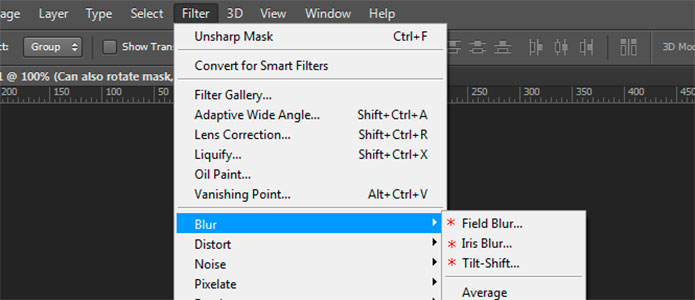

Video editing remains one of the hardest tasks we currently ask computer systems to perform. In fact, I would recommend the base, two-port system to any student or typical business user because of the high-performance, low-cost of the system.īut, video editors are not “typical” users. They are fine for people who need a desktop computer, with a built-in high quality monitor, a few high-speed ports and access to the latest in high-performance computer technology. This is not to say these M1 systems are bad. All GPUs generate the same quality faster simply means faster. NOTE: Faster GPUs do not mean higher quality. (Remember, the M1 is an “entry-level” chip.) If you depend upon really fast rendering, the M1 will be slower than an Intel system. (My guess is that once we reach 12K frames, video will roughly equal the same resolution as the human eye.)Īnother issue is that the GPU in the M1 does not equal high-end GPUs from AMD or NVIDIA. And we have not yet reached the end of increasing frame sizes. My concern is that new applications are always looking for ways to use more RAM to solve problems we couldn’t solve before. However, the bigger issue is that M1 RAM is not upgradeable, ever, because it is built into the M1 chip itself. I received several email reports from editors using the M1 Mac mini for 4K editing and glowing about how smoothly it edits.

NOTE: I should also note that 16 GB of RAM for an M1 system is not a limitation for editing HD or 4K media. However, this is not to say that more RAM is not useful – it is, especially as frame sizes or frame rates increase or when you need to edit large multicam projects. In other words, the old rules about how much RAM we need don’t apply to M1 systems the way they did with Intel systems. This means that a system with, say, 16 GB RAM may be as efficient as an Intel system with 32 GB. CPU, GPU and AI systems all use the same form of data stored in RAM without duplication. The M1 makes this duplication unnecessary. NOTE: Here’s an article that discusses M1 systems in more detail.

All these copies mean that we need lots of RAM simply to work with our data. With Intel systems, whenever data is loaded into RAM, it needs to be optimized for the CPU, then again for the GPU, then again for whatever other process needs to work with it.

In terms of sheer performance, the M1 blows the doors off just about everything else in the Mac ecosystem. Delivered in seven colors and sporting the new M1 system-on-a-chip, it generated a lot of email from editors asking my thoughts.įirst, and this is most important, as Ars Technica reported: “Apple sees the M1 as an entry-level chip.” This statement is key to understanding where the M1 iMac fits. One of the exciting announcements from Apple on Tuesday was news of the soon-to-be-released 24″ iMac.


 0 kommentar(er)
0 kommentar(er)
